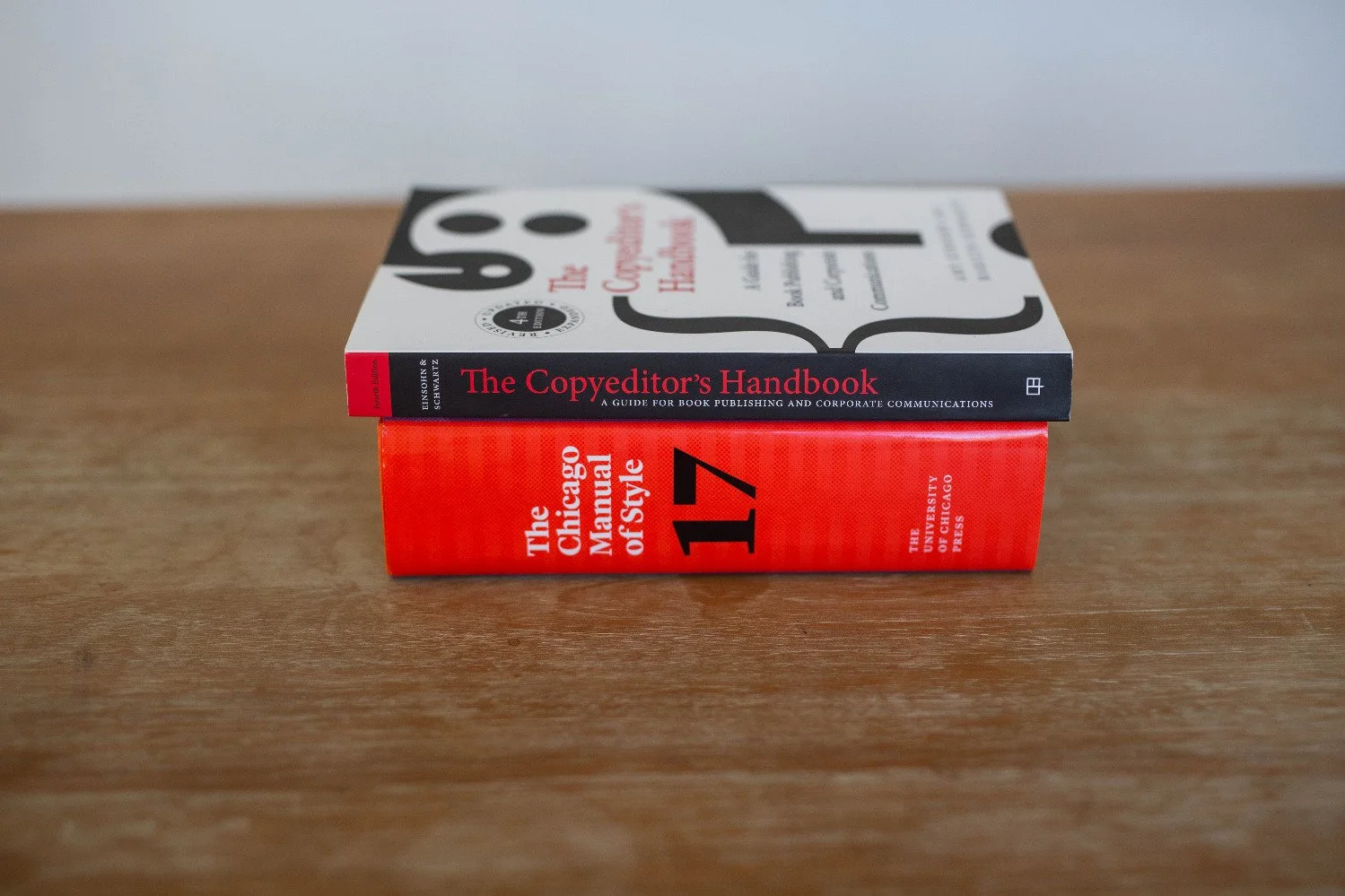What Is Copy Editing? What Book Authors Need to Know
What is copy editing? How much does copy editing cost?
In coaching nonfiction authors, in talking with potential editing clients, and in conversations on Clubhouse and elsewhere, many questions often come up surrounding copy editing (also spelled copyediting).
Many people don’t know what copy editing means or what copy editors do.
Many copy editors aren’t transparent about their rates (and rates may vary), which adds to the confusion.
I’ll attempt to clear all this up in this article, part 1 of a two-part series entitled “What is copy editing?”
Part 2 of the two-part series, “How much does copy editing cost?” explains the cost of copy editing and the rates involved for such editing services.
Here’s a link to my copy editing services for American nonfiction authors.
Here’s a link to my self-publishing checklist for American nonfiction authors.
What is copy editing?
Copy editing (sometimes spelled copyediting) is a sentence-level edit that addresses grammar, punctuation, capitalization, and spelling errors and ensures that dates and numbers are properly written. A copy editor also finds and remedies internal inconsistencies.
A copy editor’s main goal is to get the manuscript in alignment with the industry standards for proper English usage and to make sure the manuscript conforms with the standards laid out in a style guide—The Chicago Manual of Style, for example.
Copy editors also format references and bibliographies and may even help format book descriptions, captions, and jacket copy.
When does copy editing happen?
Get copy editing before a manuscript first gets submitted to an agent or publisher (as they’ll expect to see highly-polished work before offering you a contract) or before the final manuscript is ready for publication.
What do you get with copy editing?
A copy editor will mark up your manuscript in Microsoft Word or Google Docs using Track Changes (or edits) and may leave questions called “editorial queries” for you.
You’ll then have to approve the changes/edits and resolve the questions on your own.
Some editors work with a printed copy or request a printed copy for their own reference.
Sometimes there’s some back and forth with the copy editor, especially if it’s a copy editor paid by a traditional publisher.
A copy editor completes a style sheet for the author or publisher as part of their work. Yes, you need a style sheet.
It is a several-page record of formatting decisions or rules applied to the manuscript and lists out, for example, how dates are to be expressed, how numbers are to be written out, and how any words with alternate spellings are to be spelled.
A style sheet not only helps to eliminate future errors. It can help authors become better writers, and it can make proofreading and indexing easier and more effective.
Copy editing vs. line editing
Line editing is a more subjective type of editing that is focused on writing style and pacing. As a result such things as sentence length, word choice, the ordering of sentences within a paragraph and the flow between paragraphs are considered.
These line editing tasks may be separate tasks, as they are bigger picture tasks. Or, in some cases, they are lumped together with copy editing.
Generally speaking, line editing costs 10 to 20 percent more than copy editing.
In part 2 of this 2-part series, I’ll discuss how copy editors set their rates and how much they charge. Check it out!
Thanks,

